The robots that can walk on the wall have been heard a lot. They mostly simulate some natural bonding mechanisms in nature. For example, some robots simulate dry bonding like gecko feet and fix them on the wall to support the movement of the body.
But this little robot uses another idea. It uses a well-known principle of fluid dynamics (or its "supersonic version"), which allows itself to be fixed on almost any surface. It does not even need to touch the surface, and the working principle is completely different from that of the gecko.
It borrows the Bernoulli principle: if the fluid is slow, the pressure is large; when it is fast, its pressure is small. You may have done this experiment: put two small strips on both sides of your mouth with your hands, and you blow into the middle, and the small strips are close to each other.
Robotic grippers based on this principle are not uncommon. The high-pressure air stream is ejected along the edges of the jaws to form a "vacuum chamber" that can be used to "grab" objects that are close together without touching the object. Such robotic grippers are often used to pick up special things that are either broken or require contactless treatment to avoid infection.
This type of claw cannot generally hold up the entire robot due to insufficient suction. The research team at the University of Canterbury in New Zealand has developed a supersonic Bernoulli robotic grip that is five times stronger than conventional devices, enough to support the weight of the small robot itself.
The wheels on the left and right sides of the robot touch the wall, but the two round claws in front and rear are slightly separated from the wall. The robot ejects airflow, forcing it to accelerate to supersonic speed through a tiny gap. As a result, considerable suction is produced.
This new type of robotic claw, called the non-contact attachment pad (NCAP). The small gap that is ejected by the airflow is only 25 microns wide and the geometry is carefully designed. The airflow is forced to eject from here to a speed of Mach 3. Yes, there is no mistake, no joke, it is 3 times the speed of sound. NCAP can do this without relying on increasing airflow or increasing pressure. It uses its own geometric features to compress the airflow, increase its speed, and obtain sufficient adhesion. Let it climb a smooth wall like a glass, or hung upside down on the ceiling, no matter what.
This type of robot may be used for industrial inspection. Researchers say they are working hard to make supersonic non-contact pads available for "a few hundred dollars" in "months."
This SNAP 3D Case is made for Iphone 7, you can watch 3D movies with it instead of traditional VR glasses.Please refer to the following description for more detailed information, then you will find that it`s really a magic new product on the market!
Snap 3D Case with the phone case appearance that replaces 3D glasses.
Snap3D iPhone 7 case compatible with iPhone 6S/7.
Features: Designed to fit on both the front and back of the device, transparent PC back offers access to the touchscreen and shock-resistant TPU offers full protection to the device.
Pair the Snap3D with Mplayer3D application to enjoy amazing 3D effect.
Do not use a glass protector with the Snap3D.

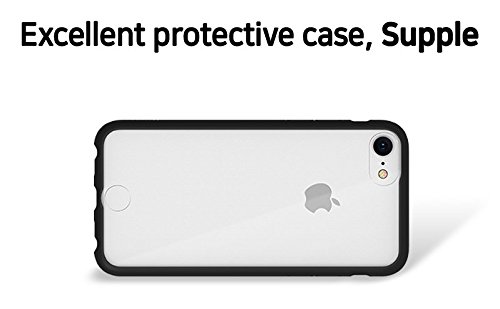
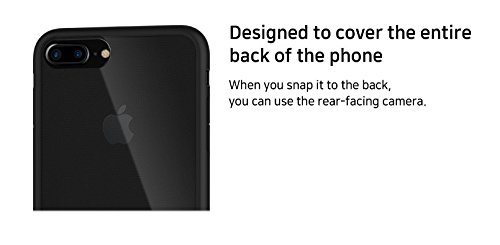

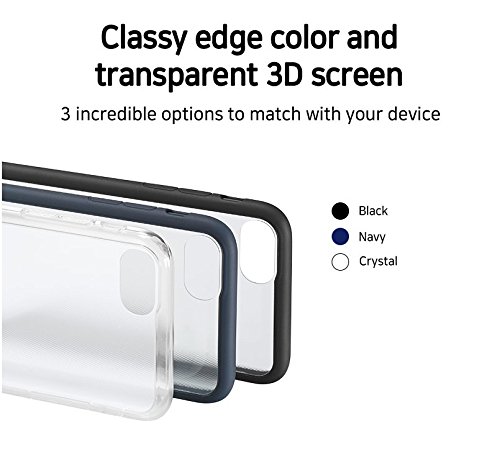
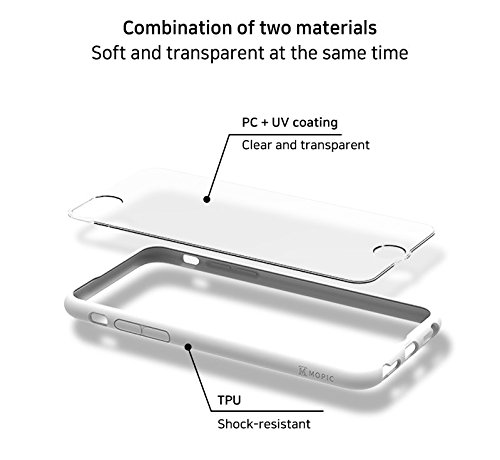
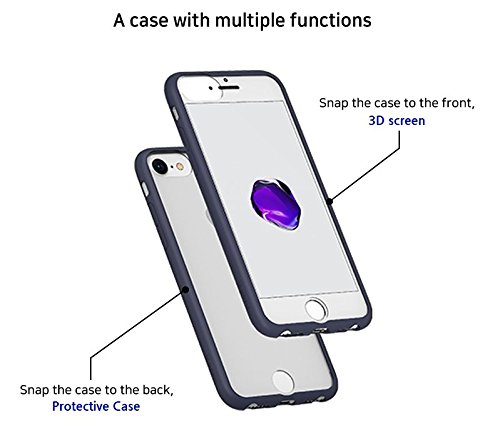
Iphone 7 Snap3D,Snap3D For Iphone 7,Iphone 7 Snap3D Case,Iphone 7 Snap 3D Viewer
iSID Korea Co., Ltd , https://www.isidsnap3d.com